Chinese hackers may be behind Sidewalk malware attacks, experts say.


Samsung has showcased its new stretchable display technology that can add another dimension to 2D content. Read on to learn more.
Forget about online games that promise you a “whole world” to explore. An international team of researchers has generated an entire virtual universe, and made it freely available on the cloud to everyone.
Uchuu (meaning “outer space” in Japanese) is the largest and most realistic simulation of the universe to date. The Uchuu simulation consists of 2.1 trillion particles in a computational cube an unprecedented 9.63 billion light-years to a side. For comparison, that’s about three-quarters the distance between Earth and the most distant observed galaxies. Uchuu reveals the evolution of the universe on a level of both size and detail inconceivable until now.
Uchuu focuses on the large-scale structure of the universe: mysterious halos of dark matter that control not only the formation of galaxies, but also the fate of the entire universe itself. The scale of these structures ranges from the largest galaxy clusters down to the smallest galaxies. Individual stars and planets aren’t resolved, so don’t expect to find any alien civilizations in Uchuu. But one way that Uchuu wins big in comparison to other virtual worlds is the time domain; Uchuu simulates the evolution of matter over almost the entire 13.8 billion year history of the universe from the Big Bang to the present. That is over 30 times longer than the time since animal life first crawled out of the seas on Earth.

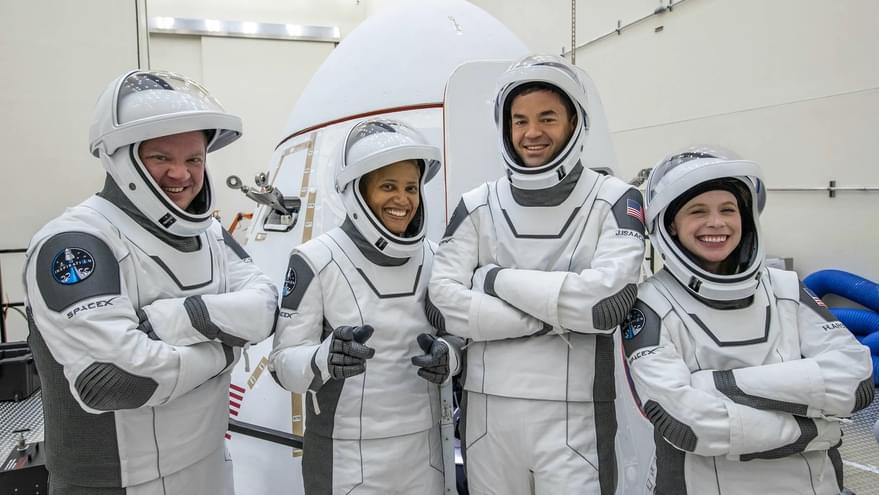
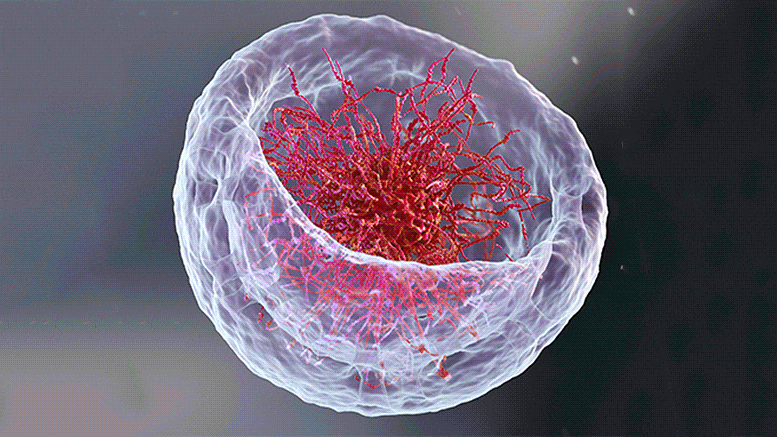
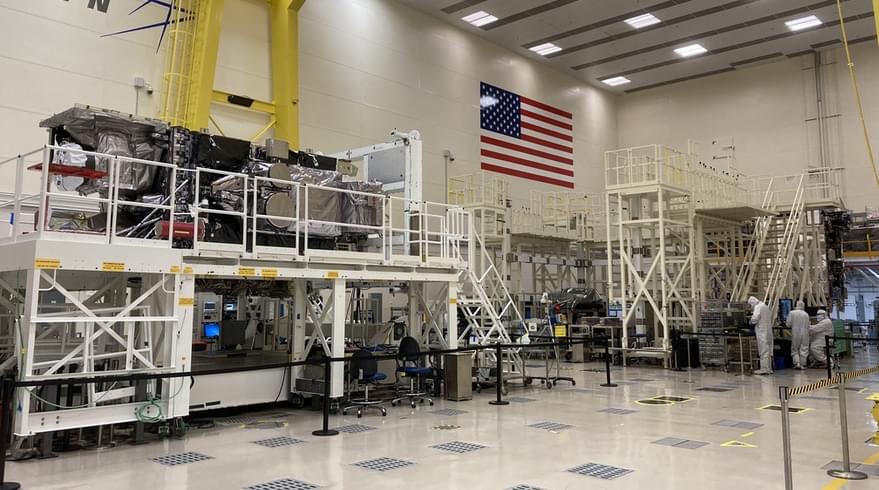
WASHINGTON — NASA has selected SpaceX to launch the last in a series of geostationary weather satellites that had previously been launched by United Launch Alliance.
NASA announced Sept. 10 that it awarded a contract to SpaceX for the Falcon Heavy launch of the Geostationary Operational Environmental Satellite (GOES) U spacecraft. The launch is scheduled for April 2024 from the Kennedy Space Center in Florida. The agency said the contract is valued at $152.5 million.
GOES-U is the fourth and final satellite in the GOES-R series of satellites, which monitor terrestrial and space weather from geostationary orbit. GOES-R launched in November 2016 and was renamed GOES-16, operating from the GOES East slot at 75 degrees west in GEO. GOES-S launched in March 2018 and became GOES-17, operating from the GOES West slot at 137 degrees west. GOES-T is scheduled to launch in January 2022 and will replace GOES-17 because of problems with that satellite’s main instrument, the Advanced Baseline Imager.

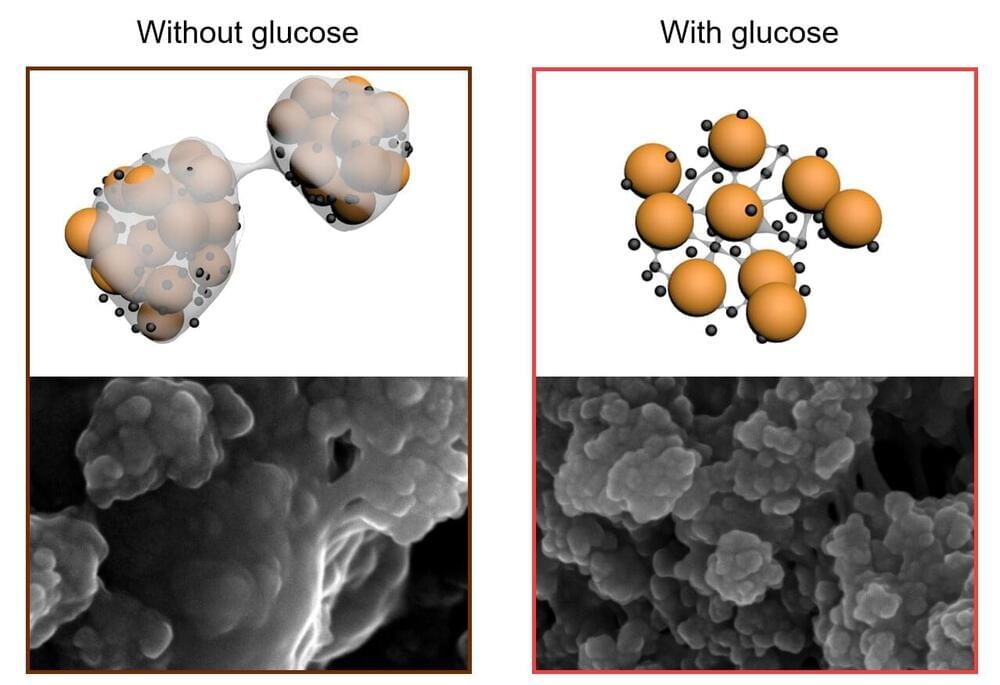
Simply by adding sugar, researchers from the Monash Energy Institute have created a longer-lasting, lighter, more sustainable rival to the lithium-ion batteries that are essential for aviation, electric vehicles and submarines.
The Monash team, assisted by CSIRO, report in today’s edition of Nature Communications that using a glucose-based additive on the positive electrode they have managed to stabilize lithium-sulfur battery technology, long touted as the basis for the next generation of batteries.
“In less than a decade, this technology could lead to vehicles including electric busses and trucks that can travel from Melbourne to Sydney without recharging. It could also enable innovation in delivery and agricultural drones where light weight is paramount,” says lead author Professor Mainak Majumder, from the Department of Mechanical and Aerospace Engineering and Associate Director of the Monash Energy Institute.
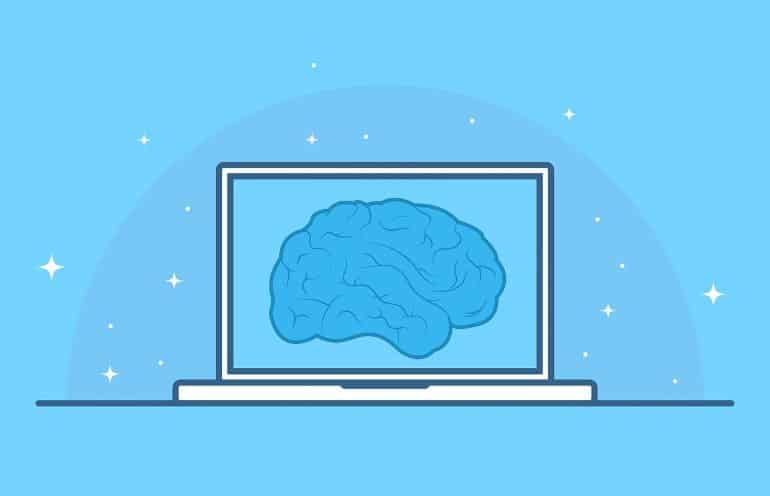
Summary: Machine learning algorithm produced fewer decision-making errors than professionals when it came to clinical diagnosis of patients.
Source: University of Montreal.
It’s an old adage: there’s no harm in getting a second opinion. But what if that second opinion could be generated by a computer, using artificial intelligence? Would it come up with better treatment recommendations than your professional proposes?